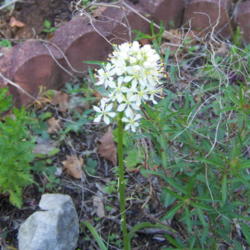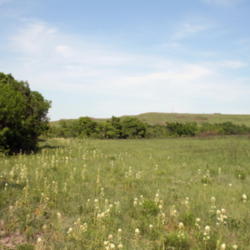| Plant Habit: | Herb/Forb |
| Life cycle: | Perennial |
| Sun Requirements: | Full Sun |
| Minimum cold hardiness: | Zone 5a -28.9 °C (-20 °F) to -26.1 °C (-15 °F) |
| Maximum recommended zone: | Zone 9b |
| Plant Height: | 12 - 18 inches |
| Plant Spread: | 6 - 12 inches |
| Flowers: | Showy |
| Flower Color: | White |
| Bloom Size: | Under 1" |
| Flower Time: | Spring |
| Underground structures: | Bulb |
| Uses: | Will Naturalize |
| Wildlife Attractant: | Bees Butterflies |
| Toxicity: | Leaves are poisonous Roots are poisonous |

